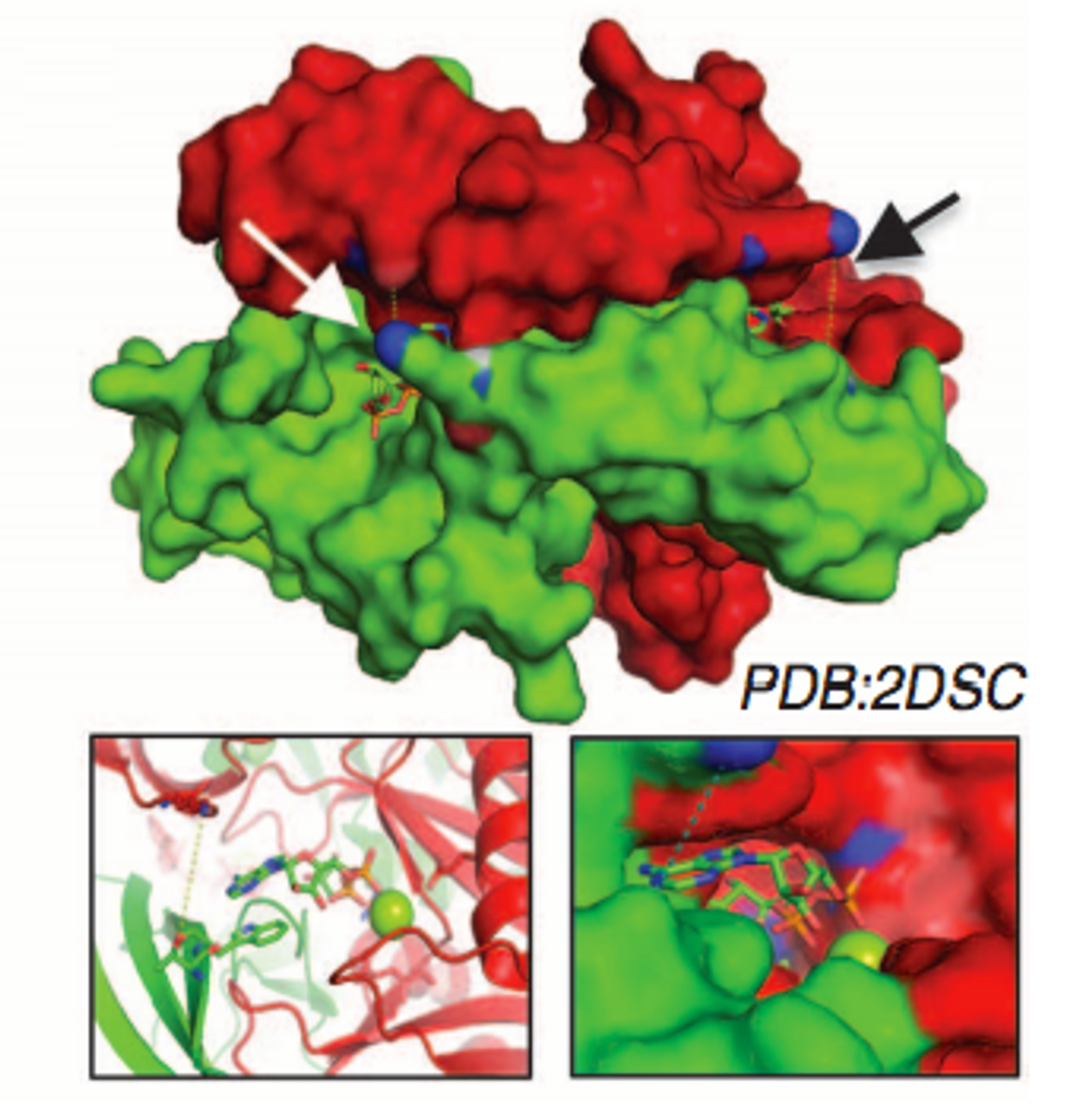ATP is a critical molecule. Required by all cells and made by the mitochondria, it’s the energy source for processes such as growth, metabolism and dynamics. In some cases, ATP can be created in the cytoplasm when glucose is degraded. All of that ATP is enough to meet the needs of the cell under typical conditions.
When the cell is under stress from its environment or when there is extensive damage to its DNA, cells have to totally rearrange their gene expression patterns. Normally, DNA is tightly packed, coiled around proteins as chromatin and arranged such that regulatory elements are not readily available. Chromatin has to be loosened and relaxed so gene expression can be reprogrammed, and the easing of the interaction between DNA and its associated proteins consumes so much energy, the cell uses a new pathway to generate the extra ATP required.
In
new work published in Science, Miguel Beato led researchers at the Centre for Genomic Regulation (CRG) in collaboration with scientists at the University Pompeu Fabra’s Institute for Biomedical Research in Barcelona and the University Rovira i Virgili in Tarragona, Spain. They have described a brand new way of creating energy inside the nucleus of cells, specifically for rearranging chromatin and reprogramming gene expression. The way that stress signals activate the various enzymes required for this process was also described and characterized.
Hopefully, these results will aid in understanding how chromatin is remodeled as well as its relationship with DNA damage and as such, with cancer.
"Exceptional situations call for extraordinary measures. When cells need to cope with a global reprogramming of gene expression they require a lot of energy in the nucleus. In these situations the cells block their mitochondrial and cytosolic ATP production to be focused on the main task in the nucleus," explains Miguel Beato, the principal investigator of this study.
The researchers found that poly-ADP-ribose (PAR), one of the main players in the decompaction of chromatin and DNA damage repair, is the cornerstone for nuclear ATP synthesis. The nuclear enzyme NUDIX5 is able to generate ATP from the ADP-ribose that makes up the PAR. When NUDIX5 activity is blocked, chromatin remodeling does not occur, meaning reprogramming of gene expression is precluded. The cell is this unable to adaptat to stress or repair DNA damage.
Roni Wright, first author of the paper and a CRG postdoctoral researcher concludes, “Our results point to NUDIX5 as key player in nuclear ATP synthesis for chromatin remodeling. Since NUDIX5 is overexpressed in various types of cancer, this fundamental finding could contribute to targeted cancer medicine. NUDIX5 could be a biomarker for cancer stratification and a new potential target for future cancer treatment.”
Sources:
Science,
AAAS










